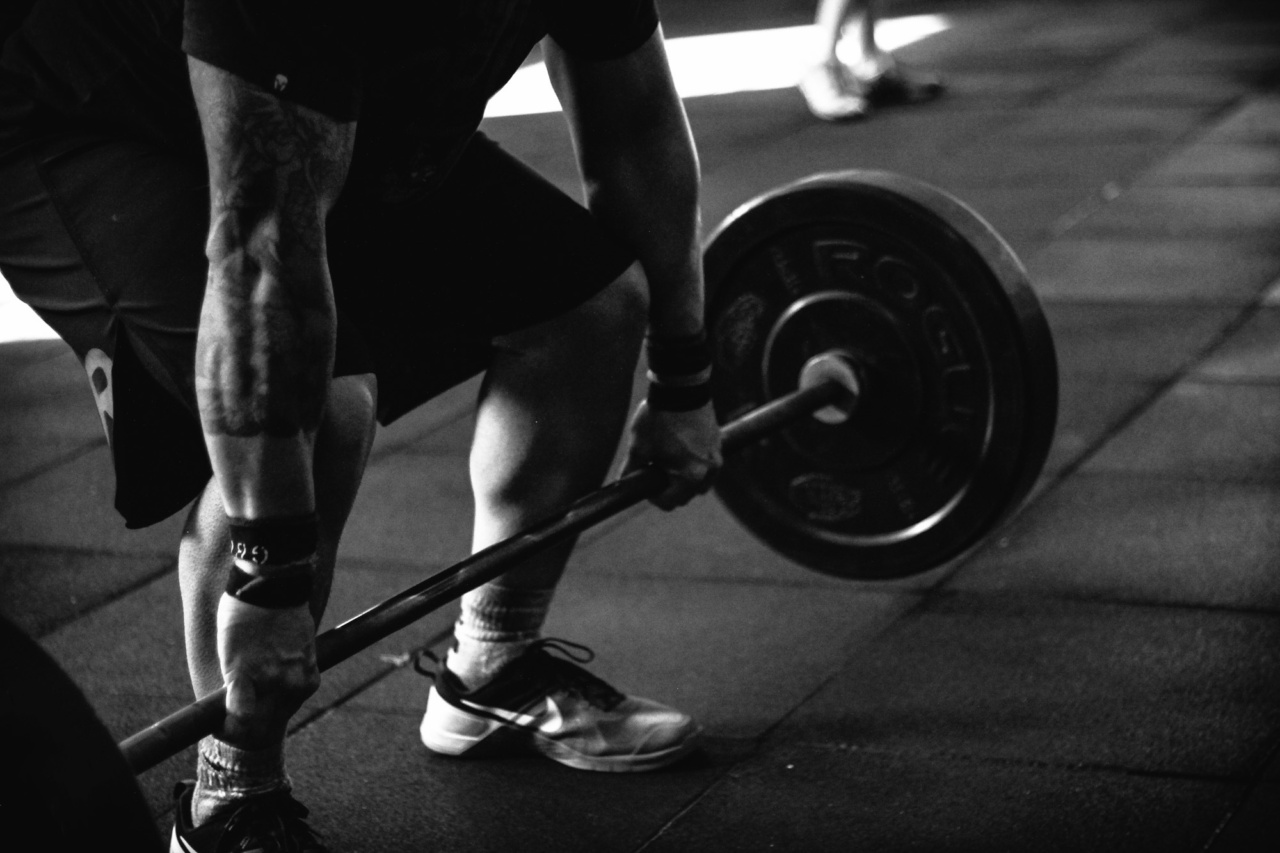Glaucoma is a common eye problem that damages the optic nerve and leads to significant vision loss.
According to the Glaucoma Research Foundation, around 3 million people in the United States have glaucoma, and the number is expected to rise to 4.2 million by 2030. While there are various treatment options available for glaucoma, heavy weight lifting can be dangerous for patients with this condition.
What is Glaucoma?
Glaucoma is a group of eye diseases that cause damage to the optic nerve, which is responsible for transmitting visual information from the eye to the brain. There are several types of glaucoma, but the most common type is called open-angle glaucoma.
This type of glaucoma develops slowly, and the onset of symptoms may not be apparent until the condition has advanced.
Glaucoma is often associated with increased pressure in the eye, which can damage the optic nerve. However, not all people with glaucoma have elevated eye pressure.
Other factors, such as poor blood flow to the optic nerve or a weakness in the structure of the optic nerve, can also contribute to glaucoma.
Why is Heavy Weight Lifting Dangerous for Glaucoma Patients?
Heavy weight lifting can cause a sudden and significant increase in intraocular pressure (IOP), which is the pressure inside the eye.
This increase in IOP can damage the optic nerve and lead to vision loss, especially in glaucoma patients who already have weak optic nerves or limited blood flow to the optic nerve.
In a study published in the British Journal of Ophthalmology, researchers found that weight lifting can cause a temporary increase in IOP in both healthy individuals and those with glaucoma.
This increase in IOP was greater in glaucoma patients, and in some cases, the IOP remained elevated for up to 30 minutes after lifting weights.
Furthermore, heavy weight lifting can cause a sudden increase in blood pressure, which may also lead to a further increase in IOP.
This sudden increase in blood pressure can be especially problematic for glaucoma patients who have damaged blood vessels in the eye.
What Types of Exercise are Safer for Glaucoma Patients?
While heavy weight lifting may be dangerous for glaucoma patients, there are still many types of exercise that can be performed safely.
Low-impact exercises, such as walking, light jogging, and swimming, are excellent options for glaucoma patients as they do not cause a sudden increase in IOP or blood pressure.
Other forms of strength training, such as resistance band exercises and bodyweight exercises, are also safer options for glaucoma patients as they do not require heavy weights and do not cause a sudden increase in IOP or blood pressure.
Conclusion
Glaucoma is a serious eye condition that requires careful management to prevent vision loss. Heavy weight lifting can cause a sudden increase in IOP and blood pressure, which can lead to further optic nerve damage and vision loss.
Therefore, glaucoma patients should avoid heavy weight lifting and opt for low-impact exercises and safer forms of strength training instead.




























